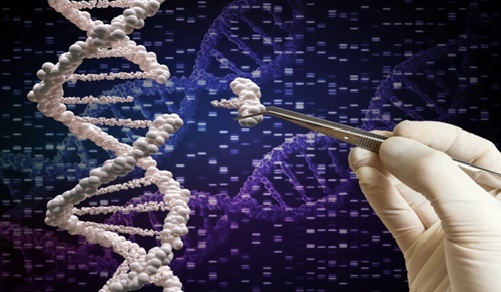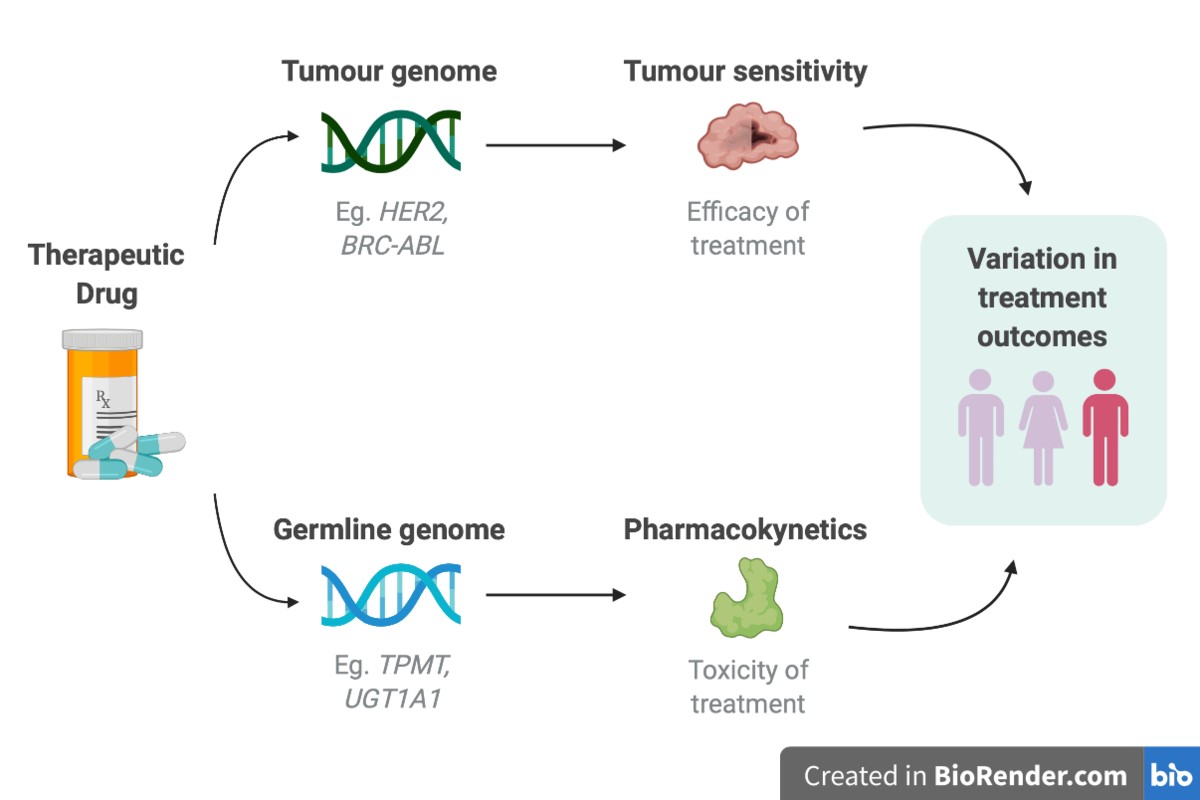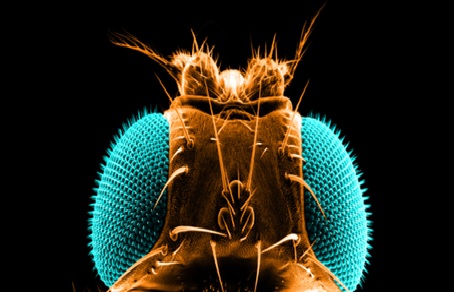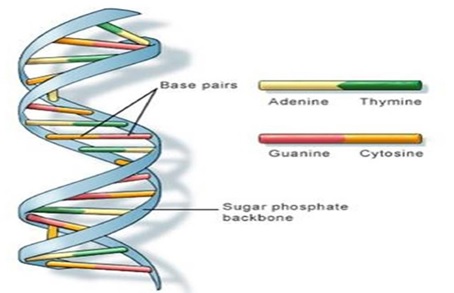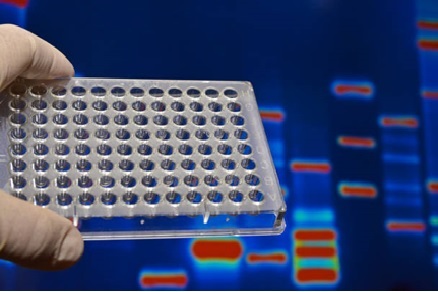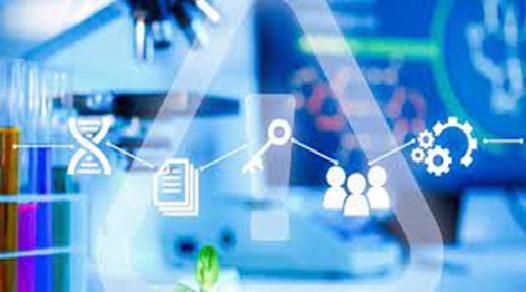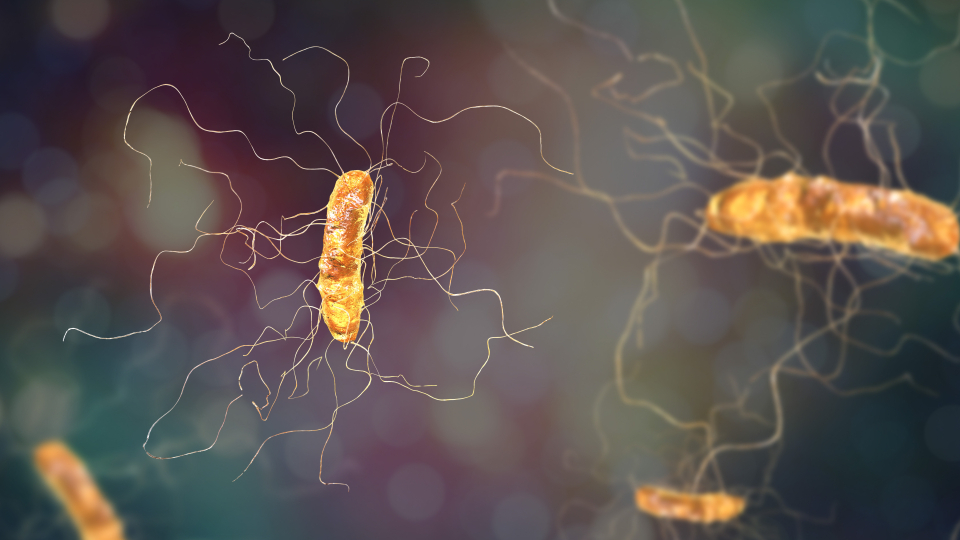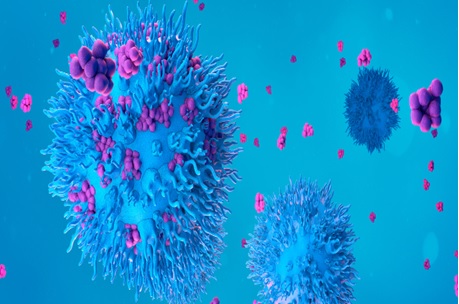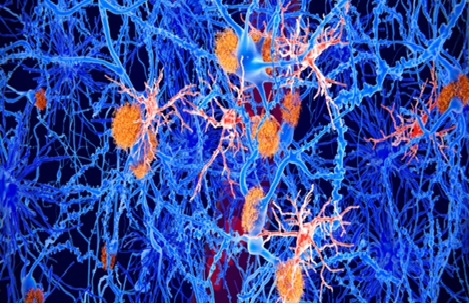Human-Machine Interaction Is Being Muddled: Tissue Electrode Growth
A recent study raised the bar for "biotechnology" significantly. A gel that has been created by researchers makes it easier for electrodes to grow in tissues of zebrafish and medicinal leeches.
Researchers from Linköping, Lund, and Gothenburg universities in Sweden have developed an injectable gel that becomes electrically conductive when inserted into tissue. The gel relies on molecules naturally present in the body to trigger its conductivity. This breakthrough could pave the way for the development of human-machine interfaces that can better understand complex biological functions and combat diseases.

Figure .1 Human-Machine Interaction Is Being Muddled: Tissue Electrode Growth
Figure 1 shows in the past, integrating bioelectronics with the signalling systems of living organisms has been challenging and often required external signals like light or electrical energy. However, the newly developed bioelectronic gel overcomes these limitations. It is flexible and soft enough to interact with tissues, making it injectable, while remaining structurally stable. Importantly, the gel does not need external signals to become electrically conductive. It can be activated solely by the body's own molecular signals, eliminating the need for external interventions.
Researchers from Linköping, Lund, and Gothenburg universities in Sweden have developed an injectable bioelectronic gel that can be targeted to specific structures in the body, such as neurons, to create interfaces for nerve stimulation. In their experiments, the researchers successfully grew electrodes in the heart, brain, and tailfins of zebrafish, as well as in the nervous system of leeches, using the gel. Importantly, the gel did not cause any adverse reactions. However, challenges still remain, including ensuring that the organism's immune system does not reject the gel or the electrode formation. This innovative gel opens up possibilities for further advancements in bioelectronics and could contribute to a better understanding of complex biological functions and the development of potential disease treatments.
The development of the injectable bioelectronic gel posed challenges in finding the right substances for electrode formation and ensuring the correct structure for effective interaction with animal tissues. However, by making strategic adjustments to the gel's chemistry, the researchers successfully created electrodes that were accepted by brain tissue and the immune system. Co-author Roger Olsson from Lund and Gothenburg universities highlighted the importance of these chemical modifications in enabling the gel to effectively interface with biological systems.
To translate bioelectronics into humans, there is still a tonne of research to be done; however, this study offers a foundation for future research, opening the way for bioelectronic advancement that may eventually enable fully integrated electronic circuits in living organisms.[1]
References:
- https://www.biotechniques.com/bioengineering-biophysics/blurring-the-line-between-human-and-machine-growing-electrodes-in-tissue/
Cite this article:
Janani R (2023),Human-Machine Interaction Is Being Muddled: Tissue Electrode Growth, AnaTechMaz, pp.186


